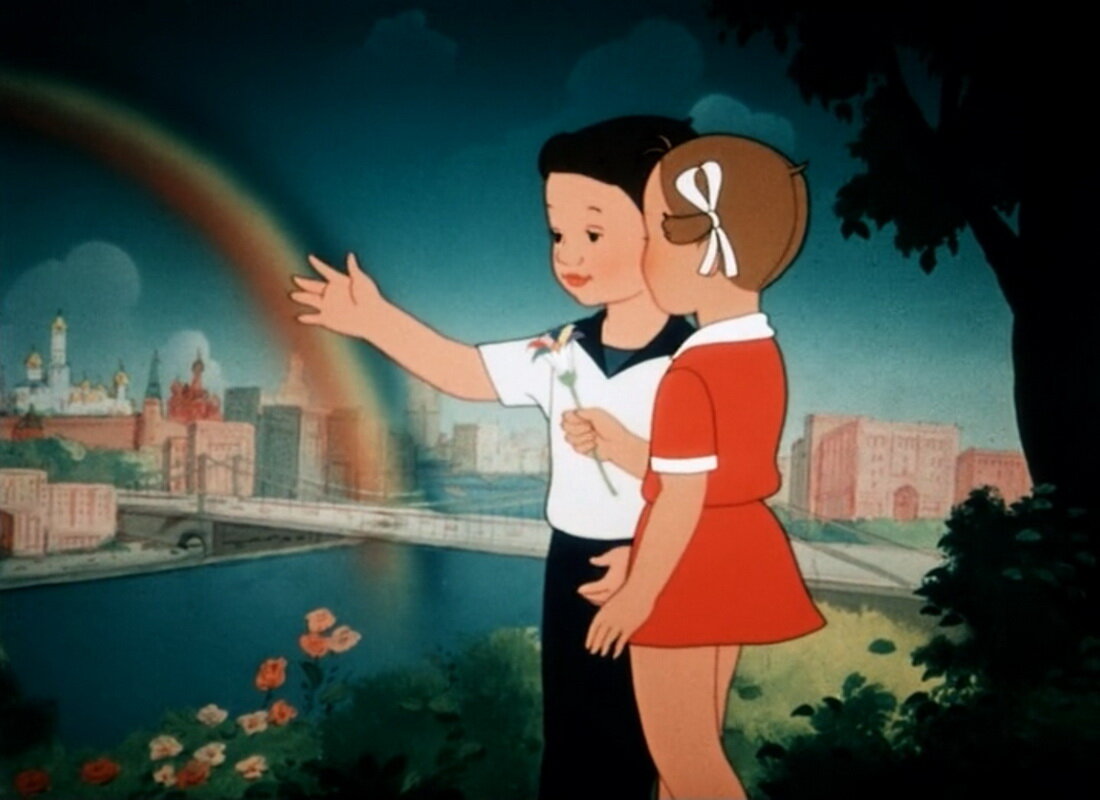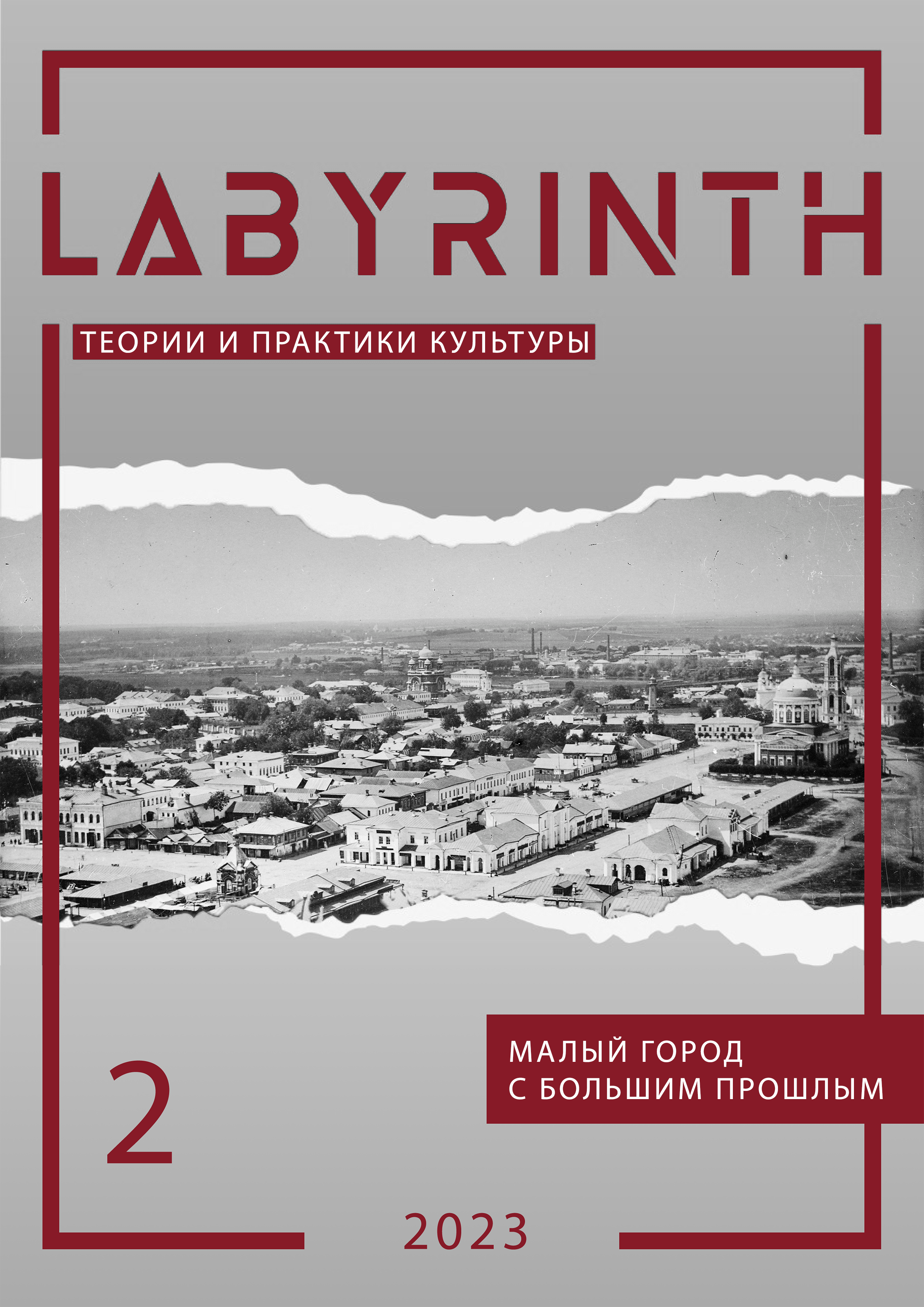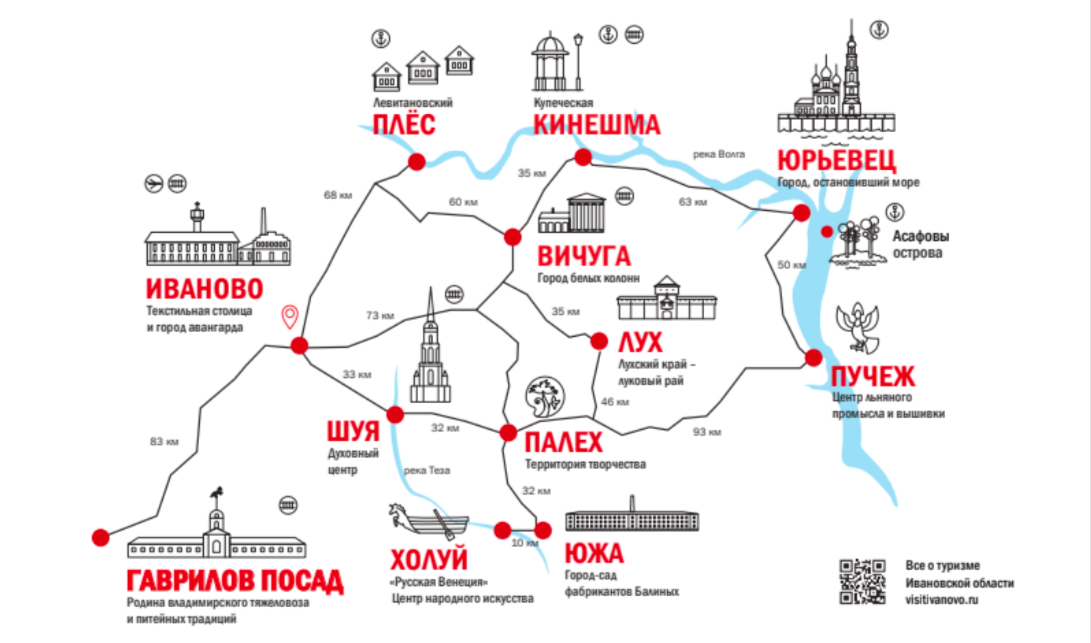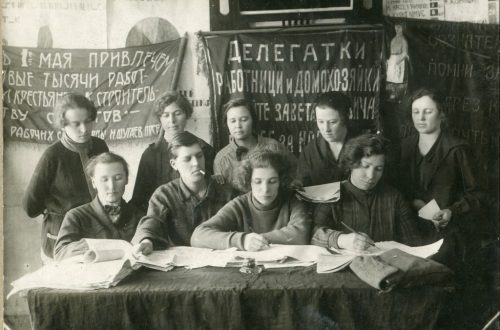
International scientific conference «“On the palette of imagination”. Children and Colours in Literature, Culture, and Education» ( Istanbul, 27-29 September 2023)
Reading –Experiencing –Emotions. Books for a Young Audience –Theory and Practice of Reception (VII)
Online & Face To Face Participation
Organizers:
Institute of Polish Philology, Wroclaw University
English Language and Literature, İstanbul Yeni Yüzyil University
English Language and Literature, AbantİzzetBaysal University
English Translation and Interpreting, Haliç University
Academy of Fine Art im. EugeniuszaGepperta, Wrocław
Conference Venue:
Haliç University, ISTANBUL
İstanbul Yeni Yüzyıl University, ISTANBUL
The 21st century is a time of images. Sight-centrism, and especially the sensitization of people to perceive the world through color, became a fact already in the previous century. In 1967, the International Colour Association (AIC) was founded in Washington, DC. To this day, it remains the most important multidisciplinary organization initiating research in this area, currently with twenty-eight chapters around the world (https://aic-color.org/). A compilation of exemplary topics undertaken by members of the grouping makes it possible to conclude that «colorless» places no longer exist for science. All areas of the ancient and modern world, as distant from each other as pre-Columbian ceramics and 18th-century tapestries, the aesthetic preferences of Japanese preschoolers or the marketing dependence of eye shadow sales on the nature of packaging, are being described and analyzed in terms of the function and meaning of color. The issues dominating the AIC symposia show preferences for urbanism, design, industry, color physiology, psychology, and education– universal issues, allowing the international exchange of ideas among meeting participants.
Regardless of the work proposed by the American Association, extensive studies are being produced on the understanding and significance of color in the sciences and natural sciences (mainly physics, chemistry, and biology), art conservation and restoration, as well as in the humanities disciplines– especially from the perspective of history, art history and history of languages. Collaborative research often transcends one area, for the physical measurability of color or a precise grasp of the chemical composition of pigments is not enough to get to the essence of its phenomenon. The history of color is linked to the development of many domains, and its one-sided analysis will always be limited, whether we are closer to the physical Newtonian approach, splitting light by means of a prism into a multicolored spectrum, or the thought of Johann Wolfgang Goethe, extracting colors from the clash of darkness and light, and referring mainly to the psychology of perception and color symbolism.
How does a child find himself in the world of colors? Is it able to visualize the linguistic record of color? Does he perceive colors only at the level of realistic reference to the actual designator? Is he always able to understand its semantic and symbolic message? Can color in the perception of a child be axiologically characterized? What tricks do the author of the text and the author of the accompanying illustration use to convey ideological, moral, cultural, and aesthetic values to the young viewer by means of color? Can color perform an educational or therapeutic function, and in what way? What if a young person is deprived of the sense of sight?
We would like all these questions to be the starting point of this year’s meeting devoted to colors in literature, culture, and the education of children and young people. We propose to look at this vast area of research, and at times probably also our personal fascinations, from different perspectives that will allow an exchange of opinions from literary historians and theorists, art historians and theorists, artists working on books for children and young people, psychologists addressing issues of color perception by young audiences, therapists who work with young people using chromotherapy based also on literary material.
As initial research fields, we want to distinguish several thematic blocks. The issues indicated within them can be approached from many perspectives and belong to several analytical and interpretative areas. These proposals do not exclude the possibility that the speakers may take up other topics:
1. Literary works
- color in the depicted world of literary works for children and young people (space, time)
- literary hero and color (external/internal characterization of the character)
- semantics and symbolism of color in literature for children and young people
- color in literary texts as a message of feelings and emotions
- color palettes of literary texts (harmonies, dissonances, mono- and achromaticity)
- color in poetry and other literary genres.
2. Language and translation
- grammatical forms vs. color in children’s books
- color names vs. translation (literalness of translation, dependence on cultural traditions)
- the adaptation of color names to cultural reception.
3. Illustrations/ picturebooks
- color in the text vs. color of the illustration
- prominent colorists as creators of illustrations of books for children and young peopleÇocukvegençlikkitaplarındakiresimlerinyaratıcılarıolaraköndegelenrenkçiler
- picture books vs. color
- color in traditional, artistic, and electronic books
- color vs. typography
4. Feelings and emotions
- the psychology of color perception in books for children and young people
- feelings and emotions conveyed through color (book as an object/text)
- book for a boy or a girl?– color vs. gender of the recipient
- realistic color vs. fantasy in literature for a young audience
- stereotypes vs. color thinking
- coloring book (anti-stress designs)
- chromotherapy
5. Education
- color in school education (programs, school subjects, issues of color)
- color in school textbooks for selected subjects
- books on color and painting in school and extracurricular education.
We seek proposals for papers, panels, and other public presentations in English or Turkish that address thecolors in literature, culture, and the education of children and young people.All submissions should be sent by May 30, 2023, to the following address:
or dorota.michulka@uwr.edu.pl
Please include your name, the title of your proposed presentation, an abstract of no more than 600 words in English or Turkish, and a biographical note of no more than 80 words, including your affiliation, degree, and preferred email address.
The authors of accepted submissions will be notified by June 15, 2023.
The conference fee is60 EUR and should be paid by July 15, 2023.
The event will be held on September 27-29 2023 at İstanbul Yeni Yüzyıl University and Haliç University in Istanbul.
Scientific conference website:
As it is planned to be a hybrid event, both speakers and delegates can participate remotely or at the Istanbul venue.
CONFIRMED PLENARY SPEAKERS
1. Prof. Justyna Bajda ( University of Wrocław, Poland)
2. Prof. Tzina Kalogirou (National Kapodistrian University of Athens, Greece)
3. Prof. Anna Kérchy (University of Szeged, Hungary)
4. Dr Anita Wincencjusz – Patyna (Academy of Fine Art, Poland)
5. Prof. Farriba Schulz (Humboldt University of Berlin, Germany)
6. Prof. Anastasia Ulanowicz (University of Florida, USA)
7. Prof. Ilgim Veryeri Alaca (Koç University, Stambul, Turkey)
8. Prof. Janet Evans (Independent Scholar, UK)
9. Prof. Dilek Tüfekçi Can (Balıkesir, Turkiye)
CONVENOR of the Conference: Asst. Prof. Olgahan Bakşi Yalçin – Abantİzzet Baysal University, TURKIYE
Scientific Committee
- Prof. Justyna Bajda– Wroclaw University, POLAND
- Prof. Nina Goga – Bergen UniversityCollege, NORWAY
- Prof. Janet Evans, Independent Scholar, UK
- Prof. Günseli İşçi– İstanbul Yeni Yüzyil University, TURKIYE
- Prof. Tzina Kalogirou – National Kapodistrain University of Athens, GREECE
- Prof. Isaac Willis Larison – Marshall University, USA
- Prof. Dorota Michułka – Wroclaw University, POLAND
- Prof.Xavier Mínguez-López – University of Valencia, SPAIN
- Asst. Prof. Sultan KomutBakinç — Haliç University, TURKIYE
- Prof. Kimberly McFall, Marshall University, USA
- Prof. JaanaPesonen, University of Helsinki, FINLAND
- Prof. Ana Margarida Ramos – University of Aveiro, PORTUGAL
- Prof. Farriba Schulz – University of Humboldt, GERMANY
- Dr. Anita Wincencjusz – Patyna – Academy of Fine Art.,Wrocław, POLAND
Organizing Committee
- Prof. Justyna Bajda– Wroclaw University, POLAND
- Prof.Günseliİşçi– İstanbul Yeni Yüzyil University, TURKIYE
- Prof. Dorota Michułka – Wroclaw University, POLAND
- Dr. Daria Murlikiewicz – Wrocław University, POLAND
- Dr. Michał Wolski – University of Wrocław, POLAND
- Dr. Kamila Kowalczyk – Wroclaw University, POLAND
- Dr. Sabina Świtała – University of Wrocław, POLAND
- Dr. Dorota Ucherek – University of Wrocław, POLAND
- Dr. Anita Wincencjusz – Patyna – Academy of Fine Art.,Wrocław, POLAND
References
1. Ch.J. Boyatzis, R. Varghese, Children’s Emotional Associations With Colors, „The Journal of Genetic Psychology” 1994, No 155 (1), pp. 77–85
(https://www.researchgate.net/publication/15176872_Children’s_Emotional_Associations_with_Colors).
2. E. Crawford and others, Does Children’s Colour Use Reflect the Emotional Content of their Drawings?, “Infant and Child Development” 2011,
3. M. Martinez and others, An Investigation of Color Shifts InPicturebooks, “Journal of Children’s Literature” 2020, vol. 46, no 1, pp. 9–22 (https://eric.ed.gov/?id=EJ1271575).
4. M. Read, Designing with Color In the Early Childhood Education Classroom: A Theoretical Perspective, “Creative Education” 2019, No 10, pp. 1070–1079
5. K. Stern-Ellran and others, Disruptive Effects of Colorful vs. Non-colorful Play Area on Structured Play Study with Preschoolers, “Frontiers In Psychology” 2016, (https://www.ncbi.nlm.nih.gov/pmc/articles/PMC5083879/).
6. I.A.E. Zaeni and others, Development of Colour and Shape Learning Device for Kindergarten Students, “Advances in Social Science, Education, and Humanities Research” 2022, vol. 487, pp. 132–137
7. J. Zlotkowska, T. Cassidy, J. Wilk, Colour preferences In children. Affective graphic design for children AT risk for cancer, 2010,




